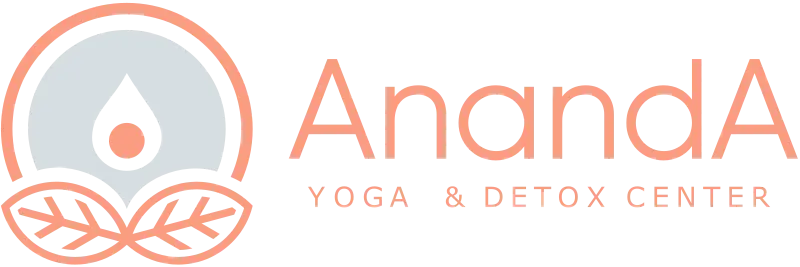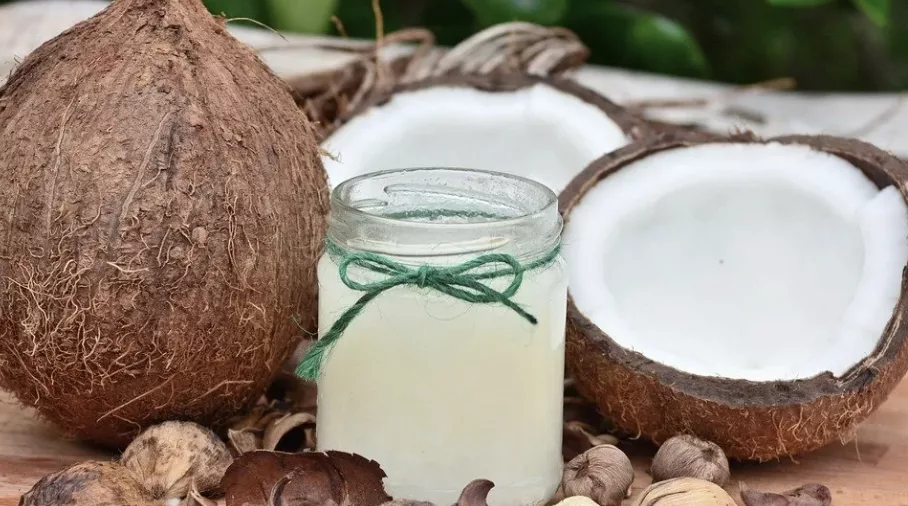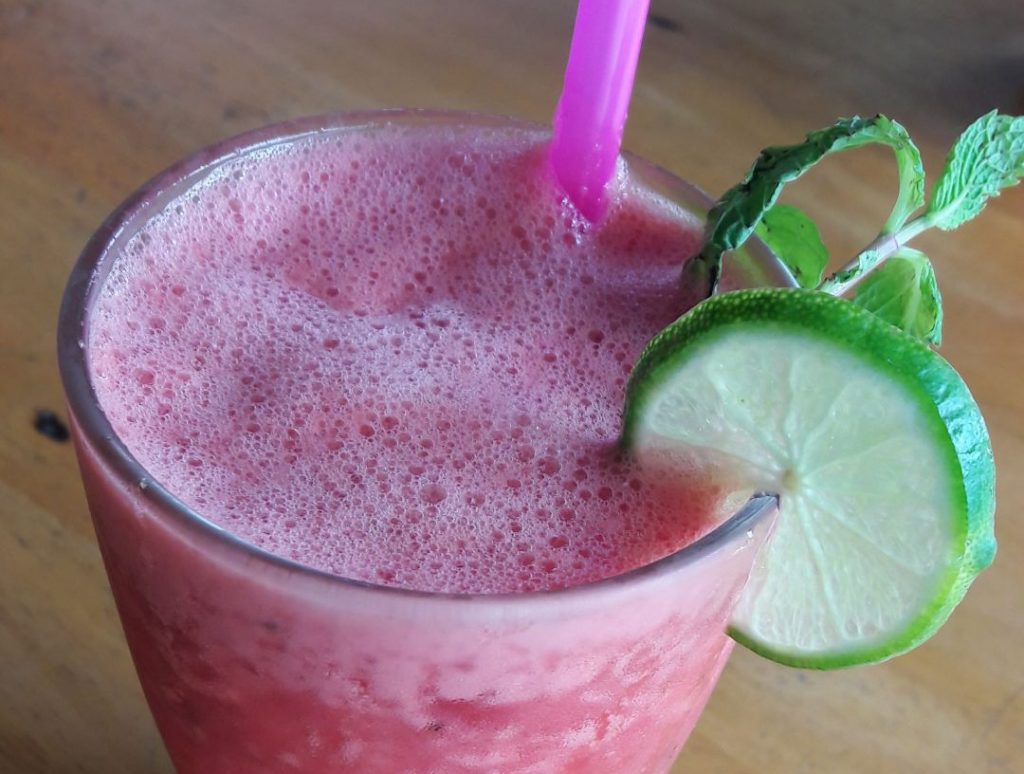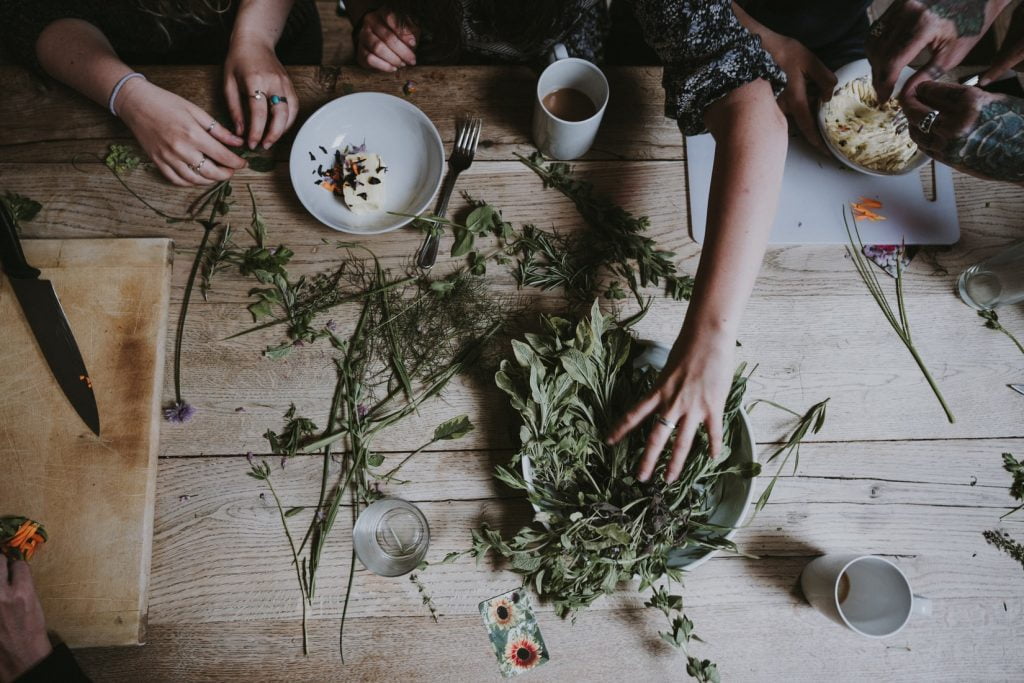What is Candida?
Candida is a yeast which lives in your mouth and intestines. Its purpose is to aid in digestion and nutrient absorption, but when overproduced it can lead to many different health problems (see Symptoms of Candida Overgrowth below). The healthy bacteria in your gut typically keep Candida levels in check, however several dietary and lifestyle habits can cause Candida to reproduce excessively. Some causes of Candida overgrowth are high carb diets, excess alcohol consumption, consumption of fermented foods, certain medications, a weak immune system and even high stress. Candida will also inevitably arise from a gut dysfunction. Leaky gut, or gut dysbiosis, means you are unable to break down food correctly leaving undigested particles in your digestive tract; these particles act as food for bacteria, fungus or parasites.
Symptoms of Candida Overgrowth: (also known as Candidiasis)
- Feeling tired and worn down or suffering from chronic fatigue or fibromyalgia
- Digestive issues such as bloating, constipation, gas, cramps or diarrhea
- Difficulty concentrating, poor memory, lack of focus, ADD, ADHD, and/or brain fog
- Skin issues such as eczema, psoriasis, hives, and rashes
- Irritability, mood swings, anxiety, or depression
- Vaginal infections , urinary tract infections, rectal itching, or vaginal itching
- Severe seasonal allergies or itchy ears
- Strong sugar and refined carbohydrate cravings
- Skin and nail fungal infections such as athlete’s foot, ringworm, and toenail fungus
- Autoimmune disease such as Hashimoto’s thyroiditis, rheumatoid arthritis, ulcerative colitis, lupus, psoriasis, scleroderma, or multiple sclerosis
Ananda’s Anti-Candida Detox Program:
Our Anti-Candida Program is an add-on to our 3.5, 7, and 11 Day Detox Programs; you complete both detoxes simultaneously to thoroughly rid your system of this harmful bacteria. The program includes additional probiotics, daily anti-Candida drinks and one coffee and one garlic colema each day. Our post-detox dietary guidelines below prevent yeast overgrowth in the future.
An Anti-Candida Diet:
After the Anti-Candida Program we encourage detoxers to follow the dietary guidelines below for 21-120 days. This helps clear any lingering yeast in your system and prevents Candida re-growth in the future. By eating a fresh, balanced diet low in sugar and high in lean protein, healthy fats and non-starchy vegetables you create an alkaline* internal environment that doesn’t allow Candida to survive. This is the best way of stabilizing your system and killing off the fungus for good. In addition to following this diet, you can also help eliminate Candida and strengthen the immune system with a high-quality probiotic, oregano oil, and grapefruit seed extract.
*”Alkaline” refers to foods with a pH level greater than 7; opposite of acidic
Foods to Eat:
Nuts & Seeds
Nuts and seeds are excellent sources of healthy fats and protein. Raw almonds, flax seeds, sunflower seeds, pumpkin seeds and caraway are all great additions to an anti-Candida diet. Sunflower and pumpkin seeds as well as almonds are alkaline, so they are easier digested after soaking or sprouting. Flax seeds help aid digestion and can be boiled to make a flaxseed tea. As protein fats, nuts and seeds should ideally be consumed with non-starchy, steamed vegetables and leafy green salads with olive oil, lemon and herb dressing.
If you have an underlying leaky gut issue, nuts are difficult to digest and can cause irritation to the gut (especially pistachios, almonds and hazelnuts). Once you rid your system of Candida and heal your gut (which can take weeks to months), natural unrefined nuts can be slowly introduced into the diet.
Whole Wheat and Unrefined Grains
Most grains should be avoided on an anti-Candida diet as they feed yeast in the body. The diet allows four gluten-free grains that do not support yeast growth: millet, quinoa, amaranth, and buckwheat. The first three are alkaline-forming. Buckwheat is acid-forming so cook it with a little sea salt and lots of fresh herbs to balance its acidity. Like seeds and nuts, they should be soaked overnight before cooking in order to remove the enzyme inhibitor. All are high in protein but should be taken in small portions alongside vegetable protein sources. Eating a grain entrée for your final meal of the day is ideal.
Beans & Legumes
Beans and legumes are great plant-based protein sources that provide essential vitamins and minerals. They also contain a lot of fiber and are perfect for stabilizing blood sugar. Beans require a special bacteria to undergo complete digestion. In a healthy gut these are fine to eat, but if you have a dysfunctional gut and suffer from excessive bloating, gas or flatulence, beans should be avoided until the gut lining is healed.
Lentils, black beans, pinto beans, and split peas are great, versatile beans and legumes. Homemade chick pea hummus is an excellent snack to incorporate into the diet.
Vegetables
Vegetables are wonderful gifts from nature! Their bountiful micronutrient content make them an essential part of your daily diet. They are rich with the vitamins and minerals needed to heal your body and most vegetables digest well with just about every other food. Vegetables are low in refined simple sugars and are a more complex source of carbohydrates. They contain a large amount of fiber that can stabilize blood sugar and reduce sugar cravings.
Vegetables should constitute a huge percentage of each meal. Juicing or blending your vegetables are great ways to get the nutrients into the bloodstream. By doing this you are packing huge quantities of goodness in one serving. Juices/blends can be much easier to prepare and pack if you are in a rush or unable to cook several meals a day.
Leafy green vegetables, (such as turnips, kale, collards, beet greens), which grow above ground are rich in chlorophyll and help clean the blood. They also provide excellent sources of calcium and iron and should be included in every meal when possible.
Ocean (or sea) vegetables greatly enhance the functioning of the immune system. They are rich in minerals and strengthen the thyroid. These include Agar, Arame, Dulse, Hijiki, Kelp, Kombu, Nori, Sea Palm and Wakame.
Raw vegetables are an essential source of enzymes, which aid in digestion, but people with weak gastrointestinal tracts often find raw foods difficult to digest (except cultured vegetables). It’s important to eat both raw and cooked vegetables, but as you begin the anti-Candida diet, lightly steamed vegetables may be best.
More Food Information:
Some starchy vegetables are harder to digest and their complex sugar content undergoes fermentation by bacteria in the colon. This causes gas, bloating and flatulence and can attract fungus during the process. These vegetables should be avoided in the anti-Candida diet.
- Beets (unless cultured)
- Parsnips (too high in natural sugars)
- Mushrooms (too expansive and encourage fungus growth; shiitake mushrooms are OK)
- Tomatoes (technically a fruit, tomatoes are high in sugar. You may tolerate them raw consumed when in season and accompanied by leafy greens)
- Eggplant & green bell peppers (People who are highly sensitive or hyperactive should not eat them since they irritate the nervous system. Green bell peppers are red peppers picked early are particularly difficult to digest. Red peppers are OK.)
- Russet potatoes, sweet potatoes, yams (too high in sugar and they feed the yeast. Red Skin potatoes are allowed.)
- Indoor, tray-grown “wheat grass” (really a long sprout – too sweet, too expansive)
- Mung bean sprouts (typically have mold on them; sunflower & buckwheat sprouts are fine)
- Sweet corn
- Peas
- Squash
- Pumpkin
- Lima beans
Fermented Vegetables
Fermented vegetables such as sauerkraut, kimchi, raw unfiltered apple cider vinegar, fermented young coconut products, and organic water kefir add beneficial bacteria to your gut, helping it heal quicker. Raw cultured vegetables are both alkaline and very cleansing. They aid in re-establishing your inner ecosystem with natural probiotics. Their enzymes improve digestion, eliminate toxins, rejuvenate cells and strengthen the immune system. Cultured vegetables also control sugar cravings and are helpful for appetite control.
Make sure fermented vegetables are unpasteurized and organic if possible. Alternatively, you can ferment cabbage and many other vegetables in your own kitchen. It is very simple.
Herbs
Most herbs are welcome; organically grown herbs are even better. Herbs that are particularly known for healing qualities include cayenne, curry, ginger and garlic. Fresh herbs are much better than their dried counterparts.
Teas
Mathake, echinacea and pau d’arco are known for their anti-fungal properties. Also known for their healing powers are burdock and dandelion root teas. Green tea, nettle tea and ginger tea greatly enhance digestion and may improve gut motility problems such as constipation and abdominal pain. Avoid black/caffeinated teas, fruit teas and teas with citric acid. Anything with added caffeine is a stimulant and causes stress in the body.
Oils
High-quality organic, unrefined seed oils, butter and ghee are a critical element for the healing process. The best unrefined seed oils allowed are: safflower, sunflower, pumpkin seed, hemp, evening primrose, borage and flax seed. Flaxseed oil is the richest vegetarian source of Omega-3s! All can be used in salad dressings; coconut oil, butter and ghee are best for sautéing. Always buy organic, unrefined oils in dark glass light-proof bottles. All refined oils and margarine should be removed from the diet.
Eggs: Free-range & Organic
Eggs are a great source of protein and vitamins A & D. They can help strengthen the thyroid and liver, which is often weak in people with candidiasis. Contrary to popular belief, the yolk is healthiest part of the egg. The yolk contains lecithin, which aids in fat assimilation. Eggs actively raise the level of HDL, (the good cholesterol) and they have the most perfect protein components of any food. Starting your morning with an egg breakfast can leave you feeling less hungry throughout the day.
Remember to combine eggs with lots of alkaline vegetables to balance their acidic nature. Try a vegetable or ocean vegetable omelet, serve your eggs poached or over easy on a bed of steamed greens. Consuming raw cultured vegetables with your eggs will greatly enhance digestion of the protein.
Animal Protein
Unfortunately the food industry has packed our meats and dairy with antibiotics and hormones that are transferred to our digestive system, thus disrupting our gut flora and creating a great environment for yeast overgrowth. Ideally your meat should be organic, free-range and free of antibiotics and hormones. Chicken, turkey and fish (especially oily fish) are encouraged; red meat can be consumed sparingly.
Fish contain a lot of protein, vitamins, essential fats and trace minerals and are very easy on the digestive system compared to red meat. Combining animal proteins with raw, cultured vegetables (or digestive enzymes with hydrochloric acid and pepsin) is a must. Animal proteins create toxic by-products in the intestines; the micro flora in the cultured vegetables turn these toxins back into useful amino acids and also protect the digestive system from parasites. Cayenne pepper stimulates the secretion of hydrochloric acid; try sprinkling it on your protein.
Dairy
Organic, unpasteurized dairy will also help introduce healthy bacteria, but if you have a gut dysfunction avoid dairy until your symptoms begin to improve.
Juices
Juices are easily digestible and nutrient-rich. Within minutes juices send a quick source of fuel into the bloodstream, allowing the digestive organs to take a break. Add garlic, ginger, dulse, cayenne, flax fiber or lime/lemon to boost the healing power, cleansing effect, and flavor of your juice.
Juices with only greens (celery, romaine, spinach, parsley, watercress and cilantro) and non-starchy, low sugar, high-water content vegetables (cucumber and zucchini) have a high concentration of chlorophyll and will help cleanse your blood cells.Avoid incorporating cabbage, kale and collards in your juice because in their raw form they suppress the thyroid. Juices with fructose (i.e. fruit, carrot, beet and fennel) should be avoided.
Drink juice only on an empty stomach and “chew it” before swallowing, allowing the digestion process to begin by mixing with saliva. Adding a bit of flax fiber is also wise so the juice assimilates more slowly. Wait a half hour after drinking juice before eating other foods.
Foods to Avoid:
Packaged & Processed foods
Keep your diet as fresh as possible! Canned, bottled, boxed, frozen and other packaged and processed foods usually contain refined sugar products, preservatives and hidden ingredients. To save time on daily food preparation, prepare your fresh food in bulk and store it in tightly-sealed containers to avoid build-up of mold and bacteria. Freezing food is a great option to extend the life of fresh foods.
Processed foods are acid-forming in the blood and are the major energy source for Candida. Natural sugars like honey, maple syrup, malt and brown rice syrups also contain sugar and feed yeast. Check all labels carefully as many manufacturers disguise sugar by using other names such as: maltose, lactose, fructose, sucrose or dextrose.
Refined Grains and Yeast
Refined grains behave like sugar in the body; these include all white bread, white rice, white pasta, refined cereal such as cornflakes and anything containing white flour. Instead look for 100% whole wheat on labels. Refined grains create too much gluten in the body and their natural sugars feed the yeast.
All bread made using yeast is to be avoided. Do not overlook foods that are coated in breadcrumbs, such as chicken nuggets. Bread items containing yeast include pizza crust, pita bread, bagels, French bread and just about any type of bread you find at the supermarket. At some bakeries you can get specially made breads that are yeast-free. Nutritional yeast is allowed.
Fruits
Fruit contains natural occurring sugars that should be avoided until the Candida overgrowth has cleared; this includes fruit juices and dried fruits. After your Candida is under control and you start to introduce new foods into your diet, the first to incorporate are sour fruits such as grapefruit and kiwi. Remember to eat them alone or on an empty stomach. You can then incorporate lemons and limes which can be eaten with any combination of food. Next you can try blackberries, unsweetened black currant and pure cranberry juice. The should be consumed away from other foods except green superfood powders and kefir. All other fruits are too sweet. Eating fruit too soon often causes Candida symptoms to return.
Dairy Products
The milk sugar (lactose) in dairy foods feeds the yeast therefore dairy products are not allowed when you start the diet. Unfermented and pasteurized dairy products are mucus forming. Once your symptoms disappear, you may be able to tolerate small amounts of cultured dairy foods such as kefir and natural unpasteurized organic plain yogurt, preferably made from goat’s milk. Yogurt and kefir have very little milk sugar and are usually safe if you are lactose intolerant.
Fruit Juices & Sodas
It goes without saying that sodas and energy drinks are full of sugar, chemicals and carcinogenic substances. Avoid canned, bottled or frozen processed drinks including fruit juices, fizzy drinks and “Energy” drinks.
Artificial Sweeteners
These are just as bad for you as natural sugar as they still activate the yeast in the body. In fact, they are even worse than natural sugar because artificial sweeteners contain dangerous chemicals that can cause a host of disorders and illnesses in the body. The only sweetener allowed is Stevia. This shrub has a long history of safe and therapeutic use as an herbal sweetener and as an antifungal, anti-inflammatory and antibiotic agent. It’s also calorie-free.
Alcohol
Alcohol is quite possibly one of the biggest contributing factors to male and female yeast infections. It is toxic and causes gastrointestinal dysbiosis, a major contributor to yeast infections. Candida loves to use alcohol as its energy source if you are running low on blood glucose.
Drinking causes a drop in blood sugar so even though you are consuming low amounts of sugar, Candida will use the ethanol as an energy source. Alcohol is recognized as a carcinogenic agent by the International Agency for Research on Cancer (IARC). It causes various diseases with regards to gastrointestinal health because it interferes with absorption of nutrients, damages the mucosal membrane and can reduce bowel function. Avoid all wine, beer, liquor and other fermented alcoholic beverages such as cider. No if’s, but’s or maybe’s – you must avoid alcohol.
Edible Fungi
Initially, you want to eliminate all mushrooms from your diet as they encourage allergic reactions (dried shitake is OK). Mushrooms are a fungus and contain mold and should be avoided in the first few weeks / months depending on the severity of yeast overgrowth.
Smoked / Cured Foods
This includes ham, bacon, sausages, smoked salmon, etc. Any smoked or cured food is a “no.”
Spicy Foods
Spicy food should be removed from the diet because it can easily destroy the friendly bacteria in the gut.
Other
Avoid heated fermented foods such as salted and pasteurized sauerkraut, (raw, organic, unpasteurized sauerkraut is fine), amazake, miso (at first), soy sauce, tamari, vinegar, soy sauce, pickles, sourdough bread, ginger ale, tempeh and rejuvelac. Malted products contain sugar and are processed, so they should also be removed from your diet.
Summary
Following these guidelines for a low-sugar, natural diet creates an alkaline internal environment, strengthens the immune system, and removes foods that have been feeding the yeast. A high sugar, high carb and processed/unnatural diet can be a contributing cause of Candidiasis, but Candida is a strong organism and is difficult to eradicate by diet alone. If you’re suffering from Candida overgrowth, a thorough cleanse such as our Detox Program removes the Candida bacteria and leaves your gut fresh and clean. Contact us today to schedule your anti-Candida detox!



